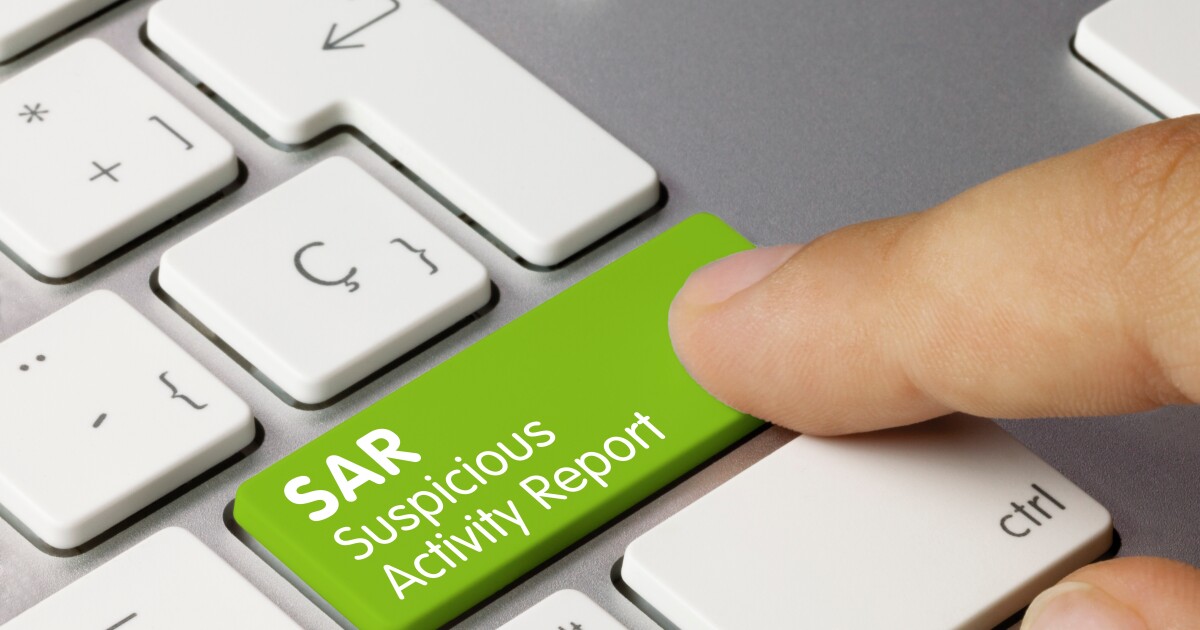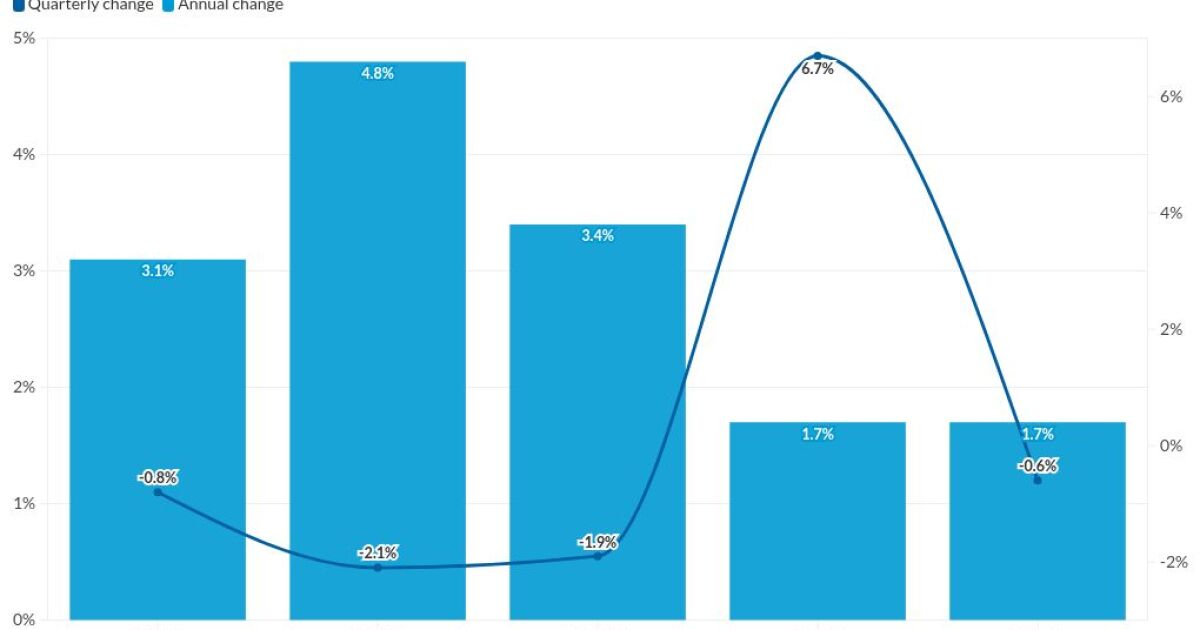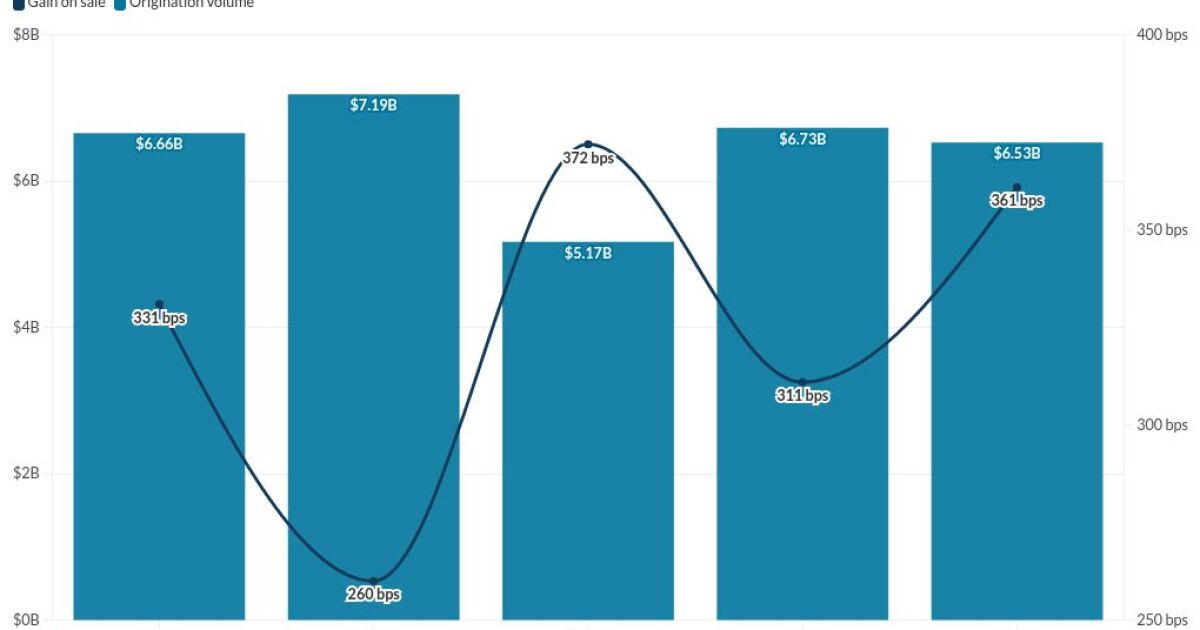
Suspicious activity reports filed by the government-sponsored enterprises, along with loan and finance companies, rose sharply in the past year, according to the Treasury Department’s Financial Crimes Enforcement Network.
The GSEs filed 5,476 reports last year, an increase of 65% from 3,954 submitted in 2020. The number filed by loan and finance companies jumped by over 79% to 41,743 from 25,275.
While the number of reports coming from lenders and the housing GSEs are lower than for depository institutions, the increases within them are more pronounced, the FINCEN data shows.
Depositories filed nearly 1.43 million suspicious activity reports last year, up almost 18% from 2020; and within the securities and futures category, the number of SARs rose 54% to 58,951 from 38,236.
Suspicious activity reports must be filed in instances where money laundering or fraud are suspected under the Bank Secrecy Act.
The rise in SARs is in line with other numbers that indicate a rise of possible fraud occurring in the housing finance industry. These reports suggest that’s been in part because the hot, fast-moving real estate market has exhausted participants and reduced information sharing.
Some experts consider instances of fraud undercounted in the mortgage industry because while financial companies have to report suspicious activity, housing industry groups like real estate agents do not.
While SARs remains a financially-focused form of reporting, officials have proposed to expand it this year through another means: a pilot that would allow some banks to share them with their business units in other countries.



